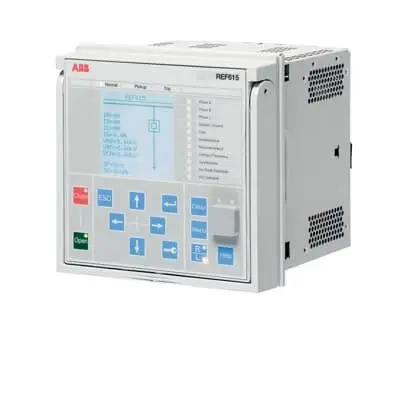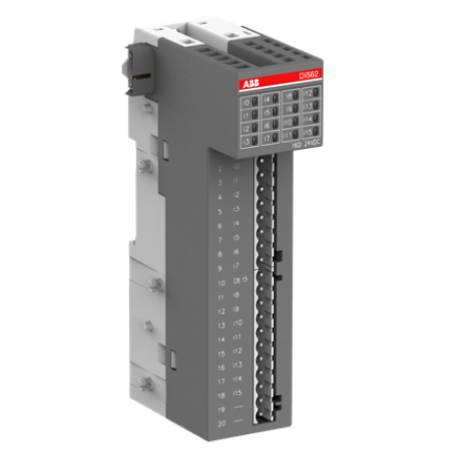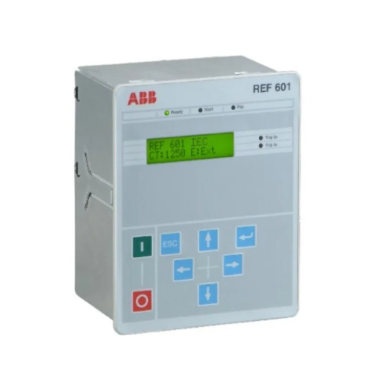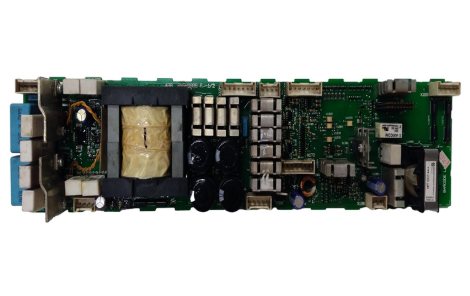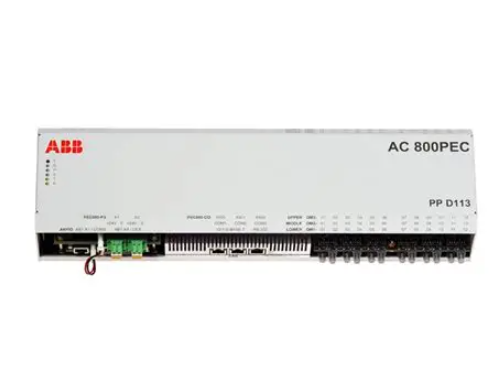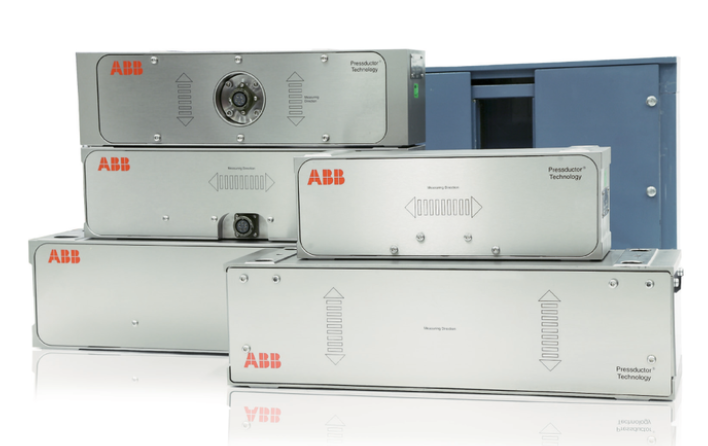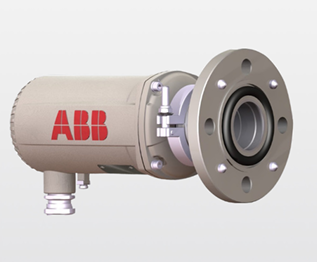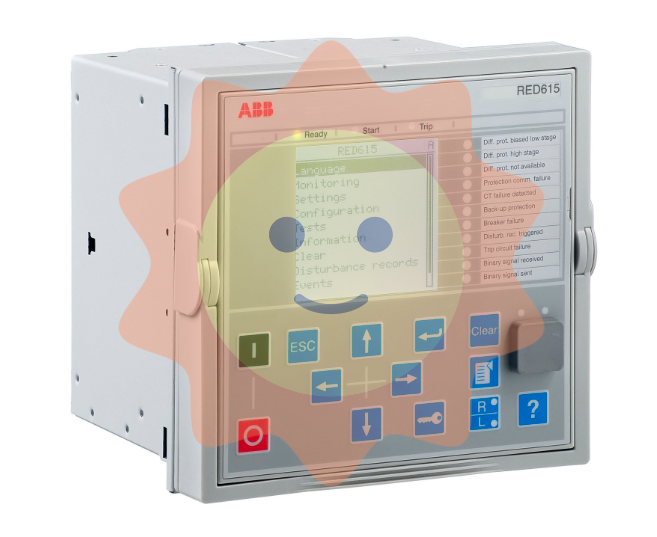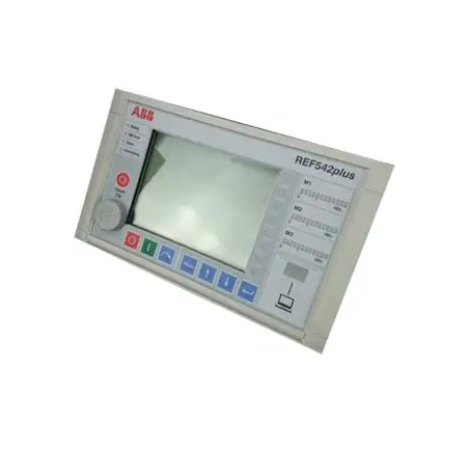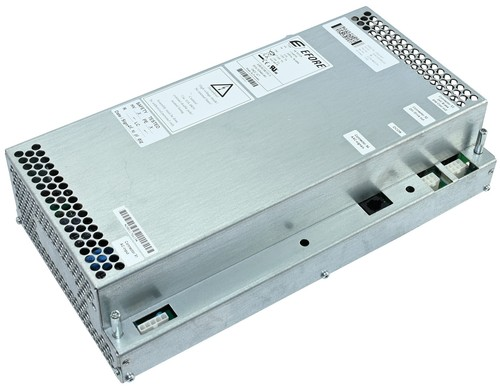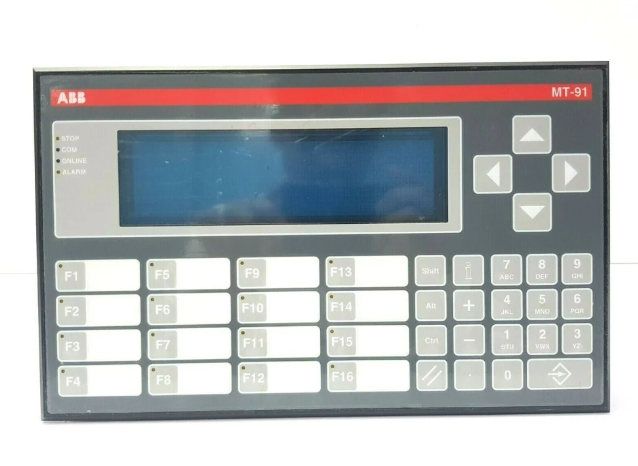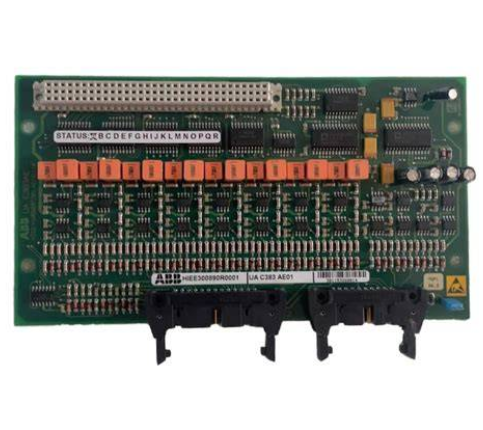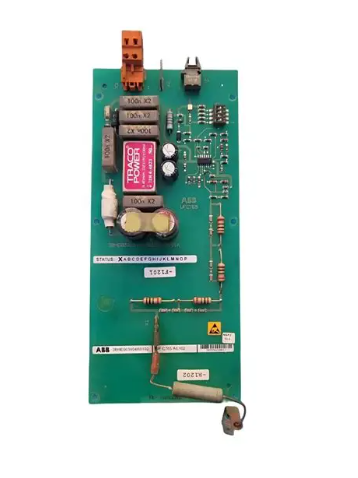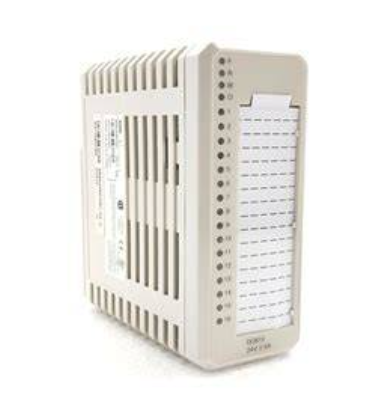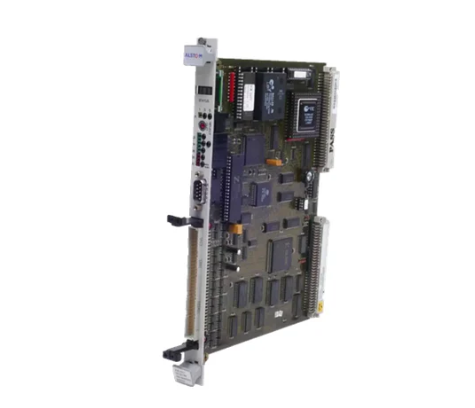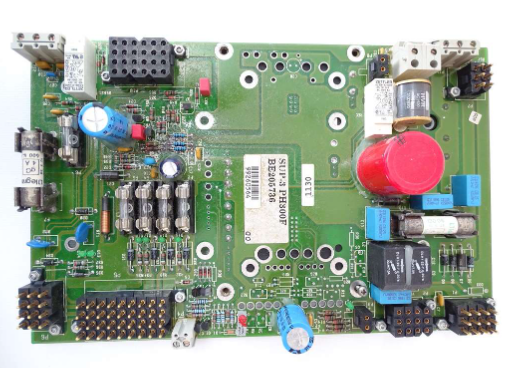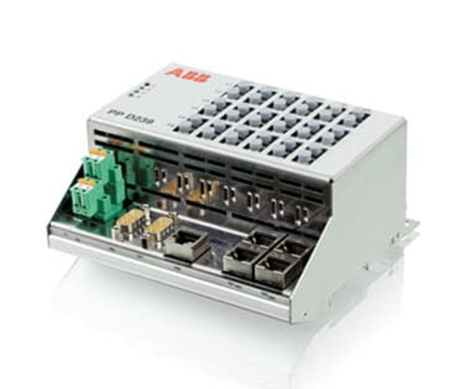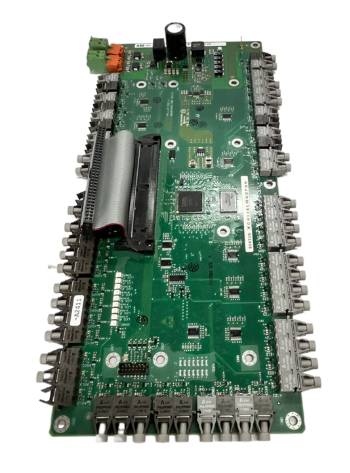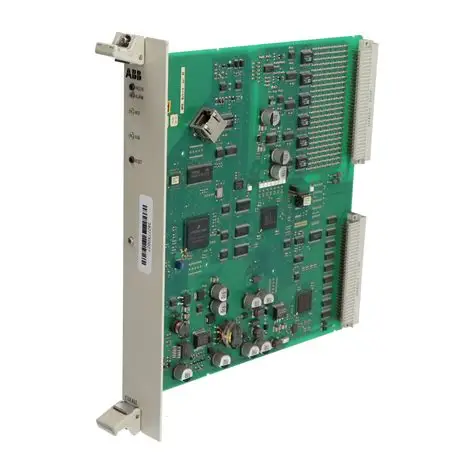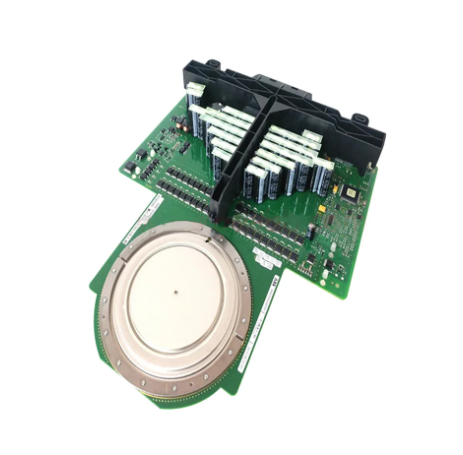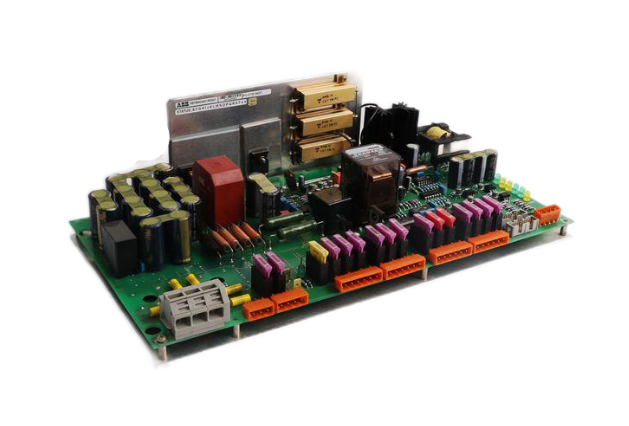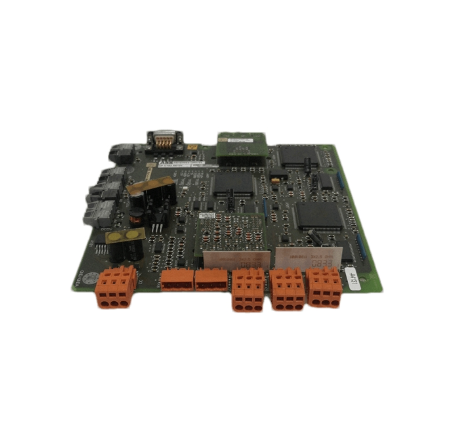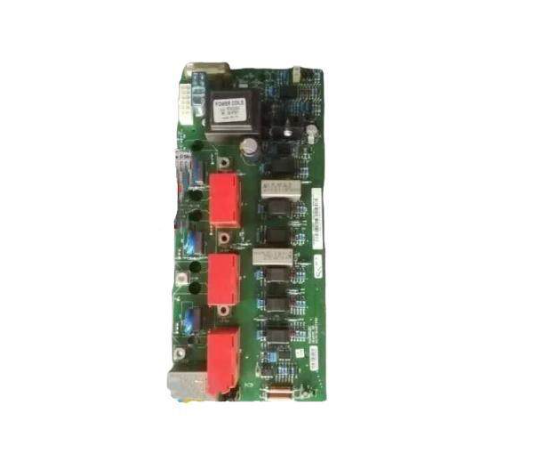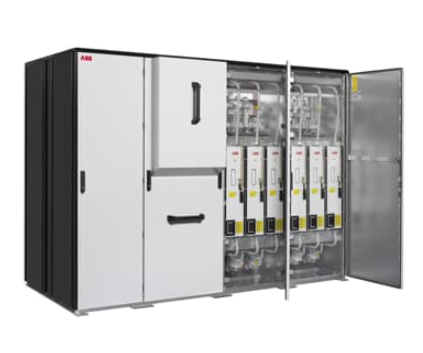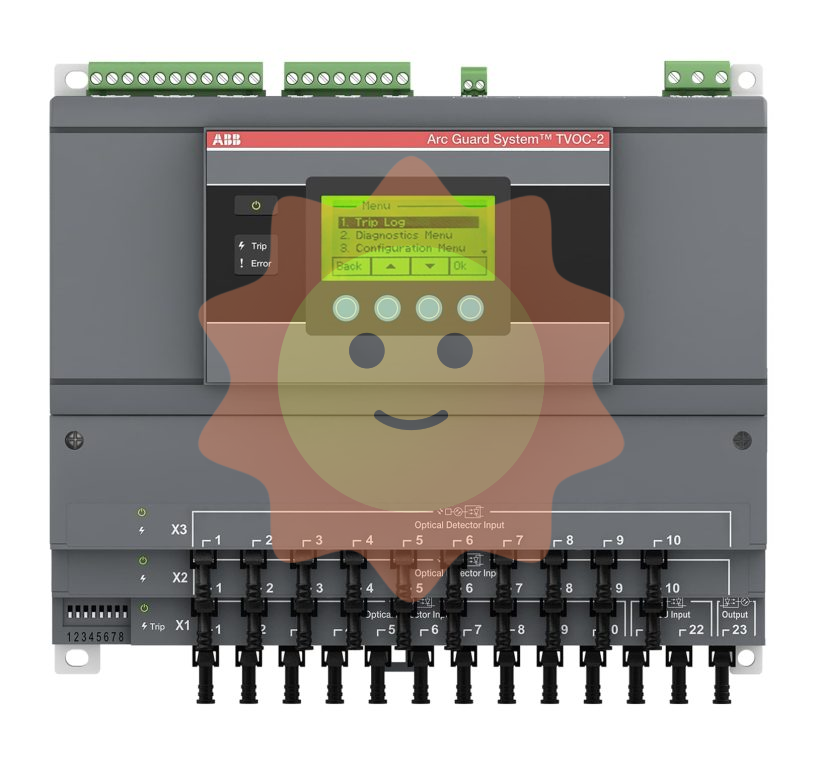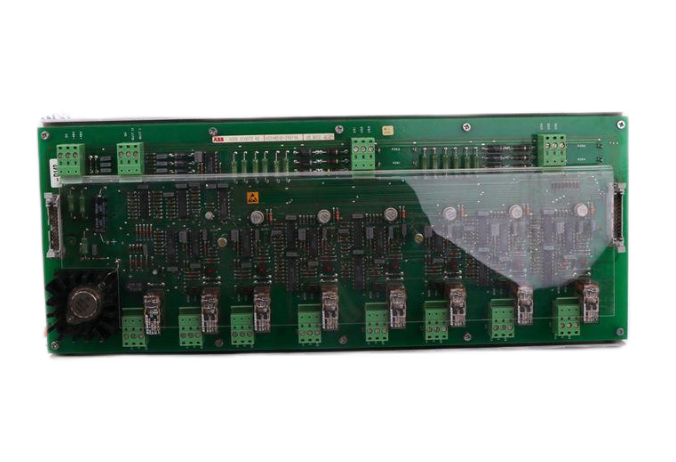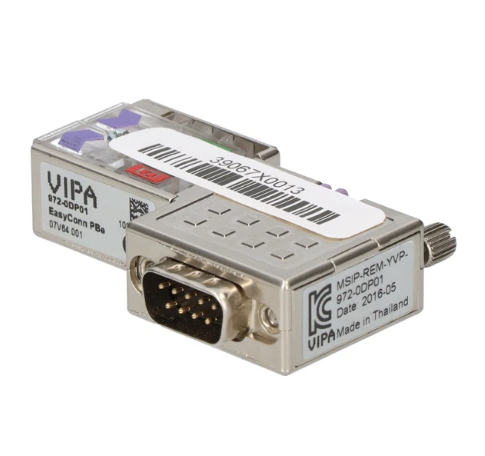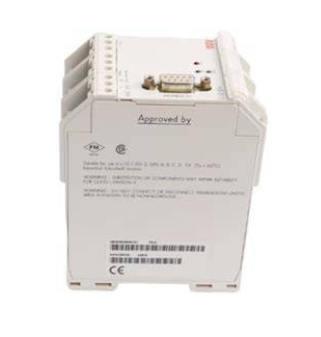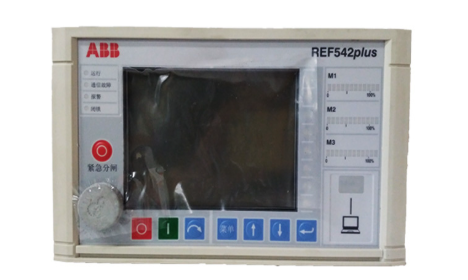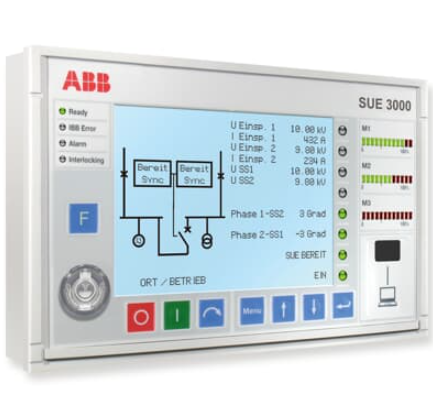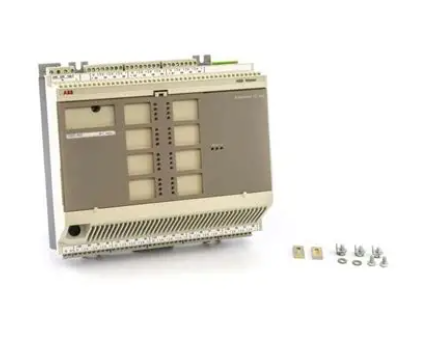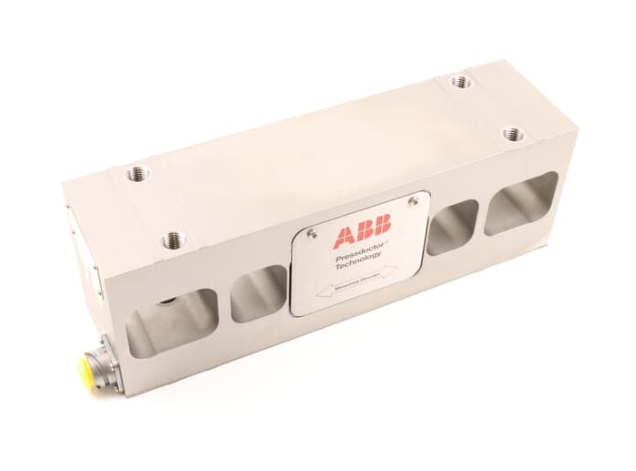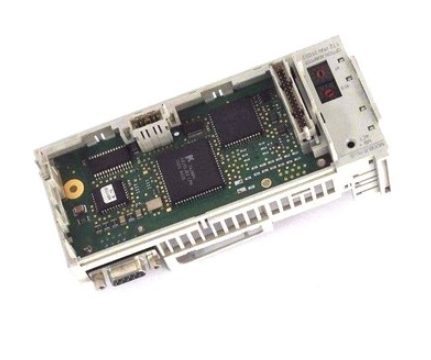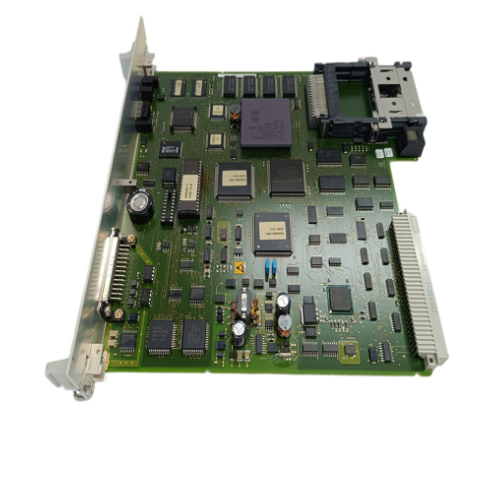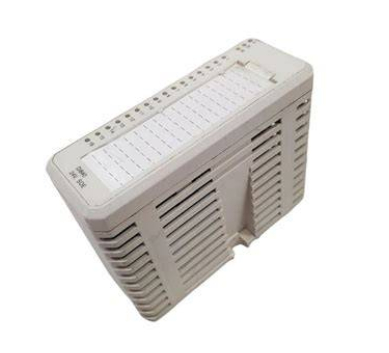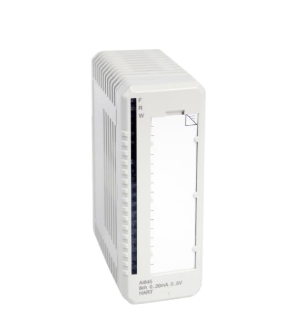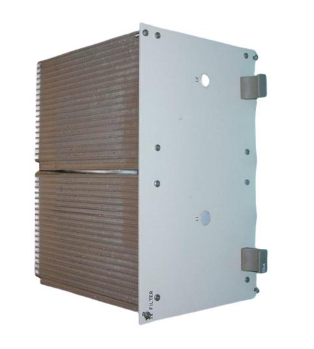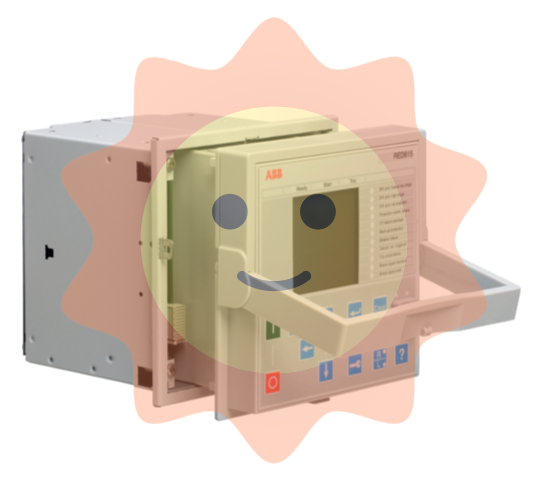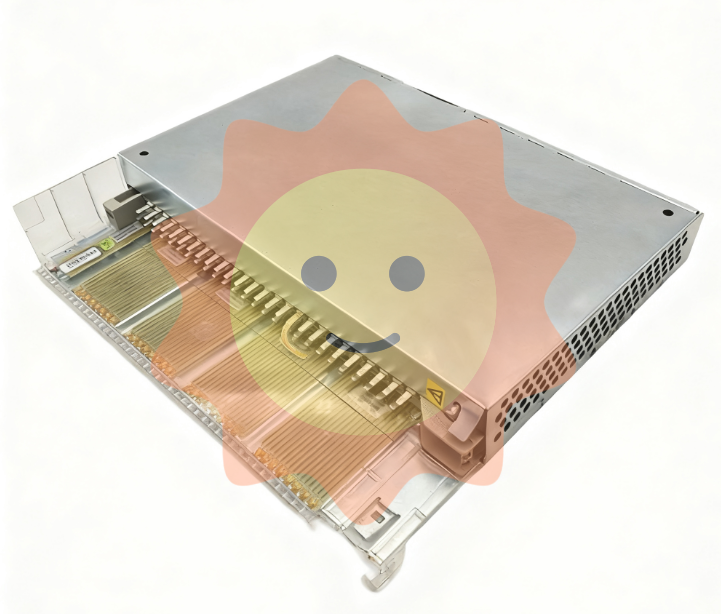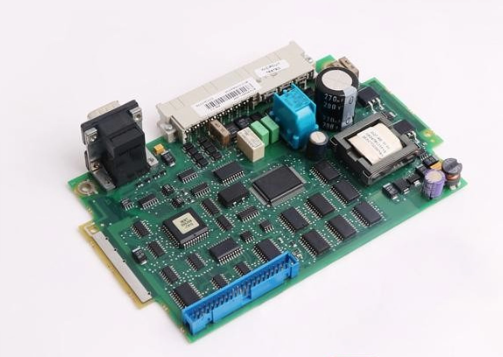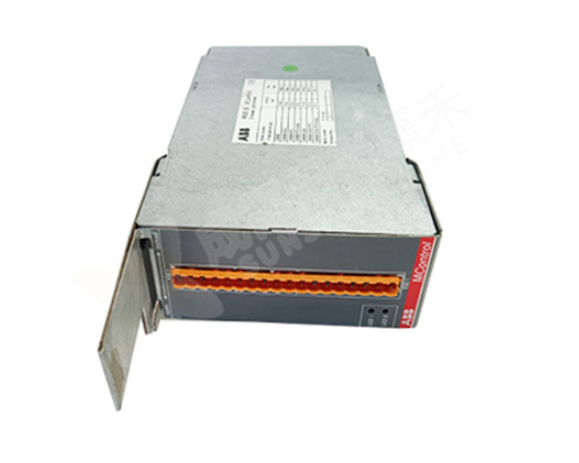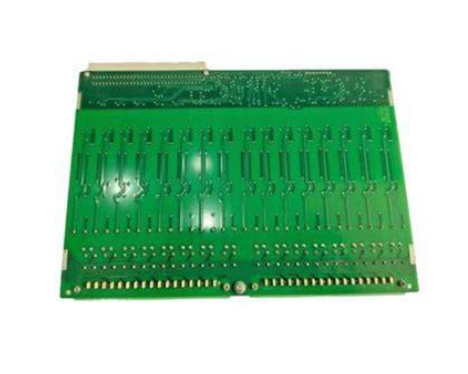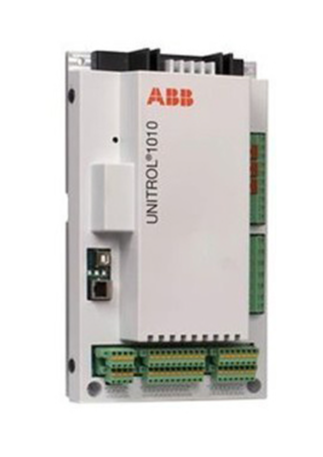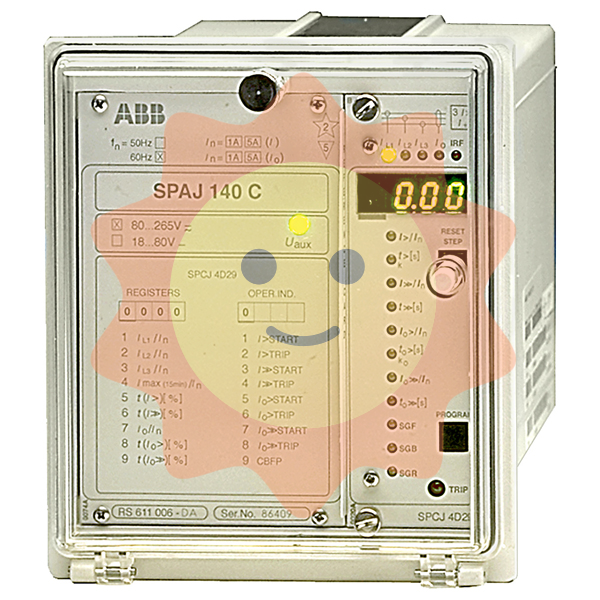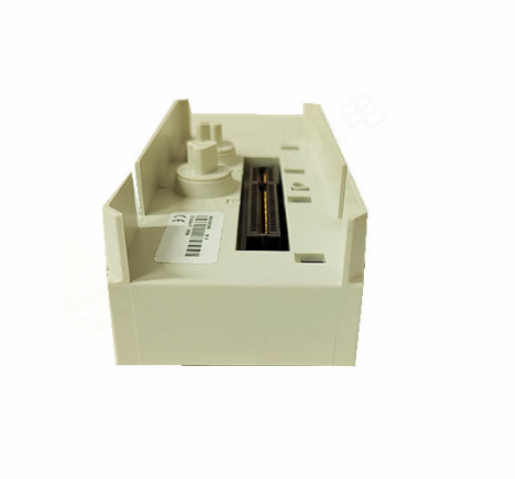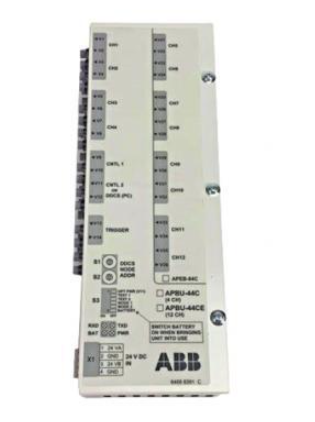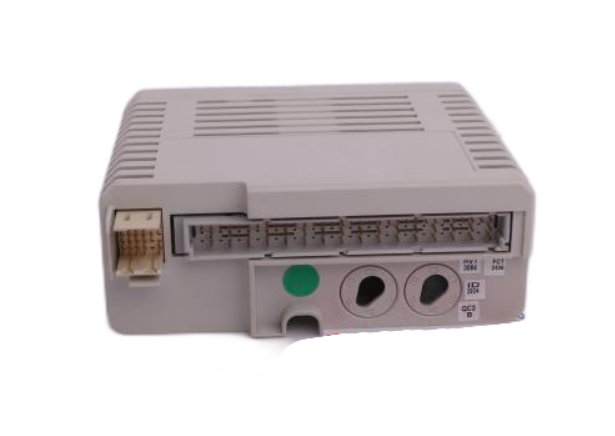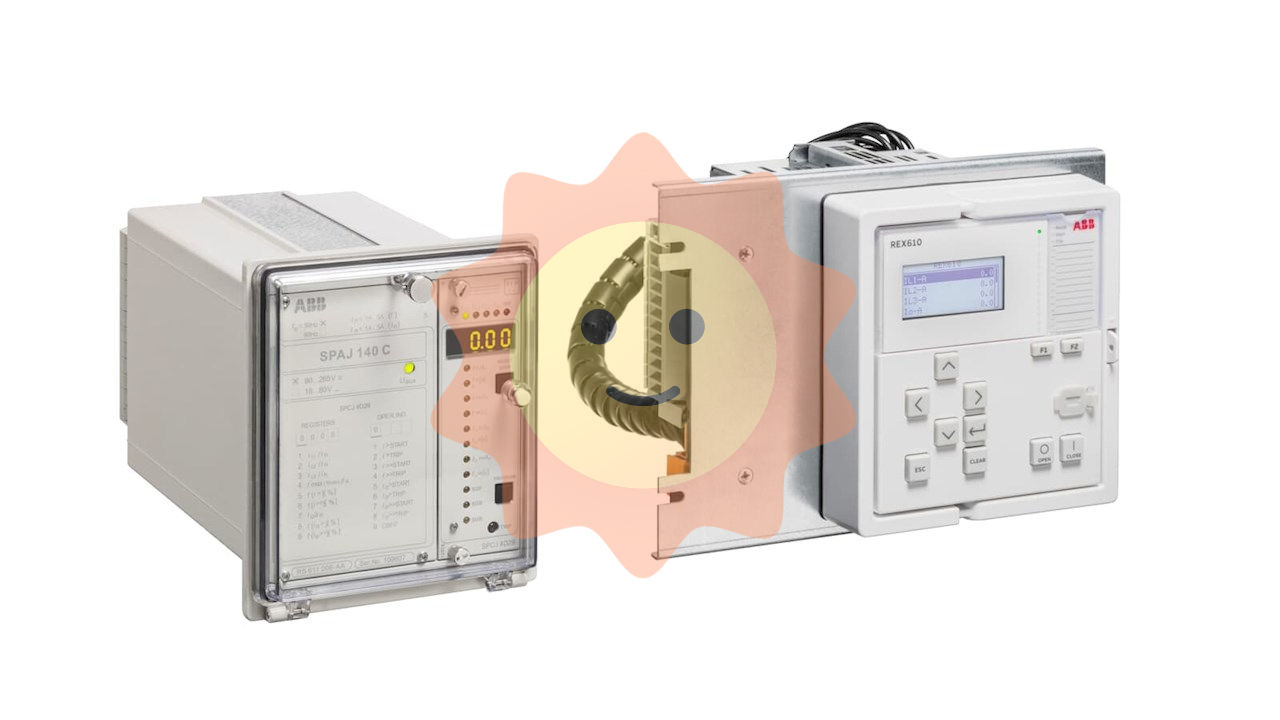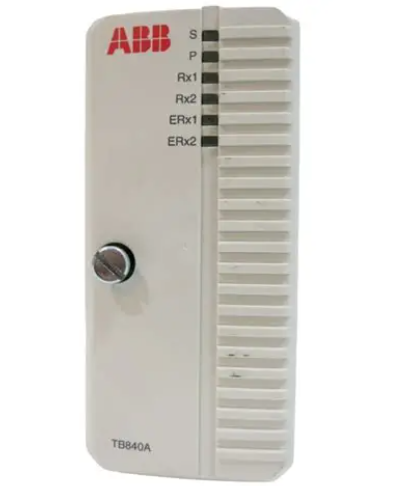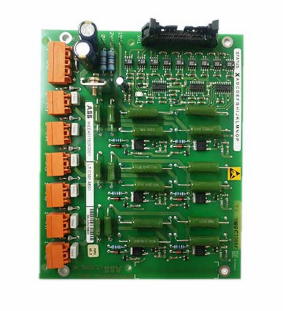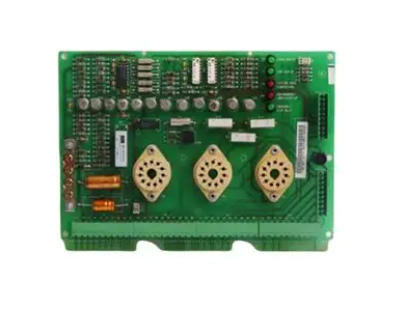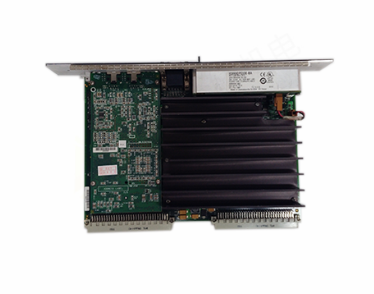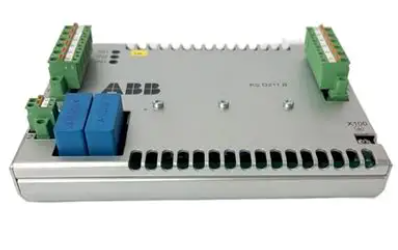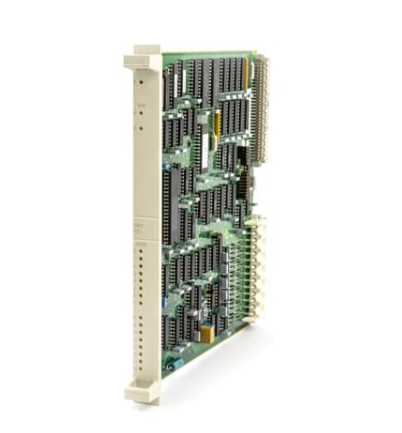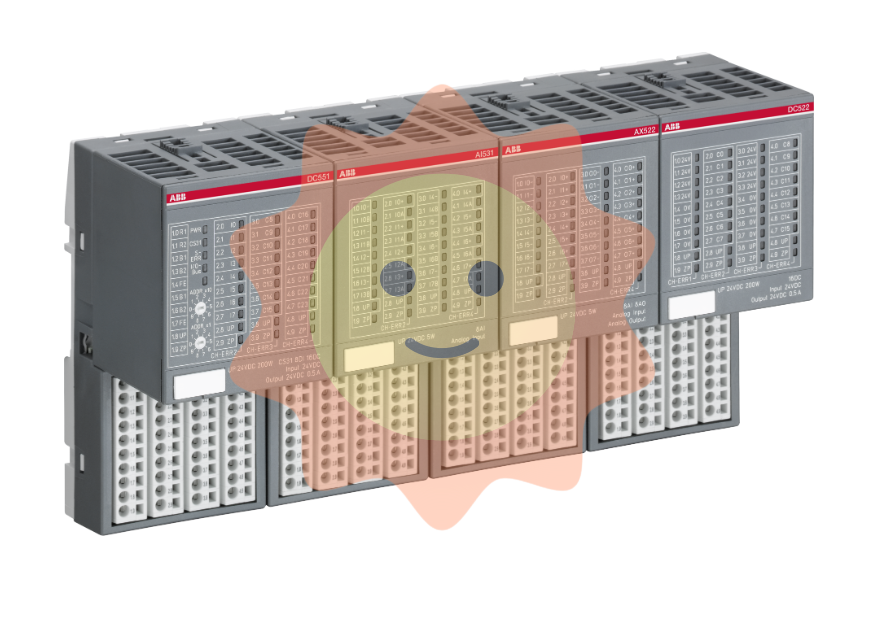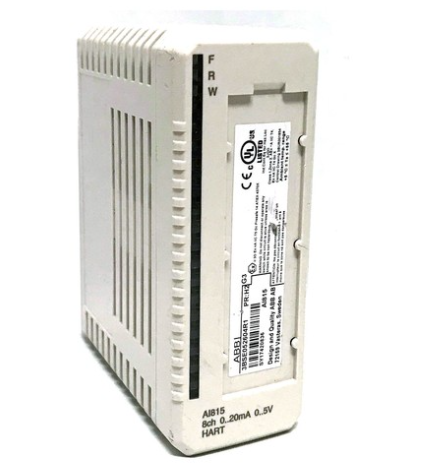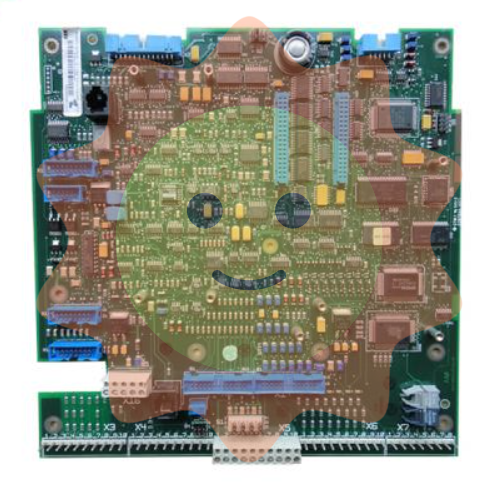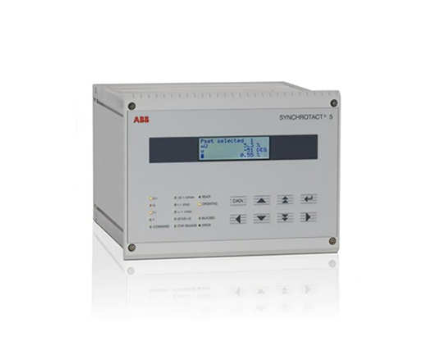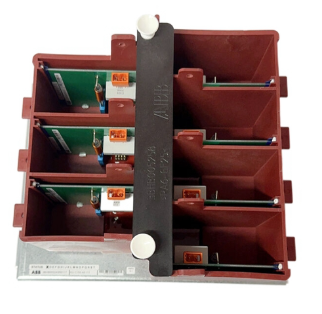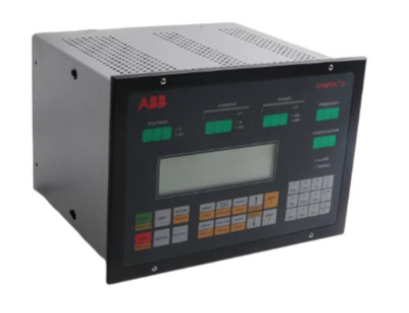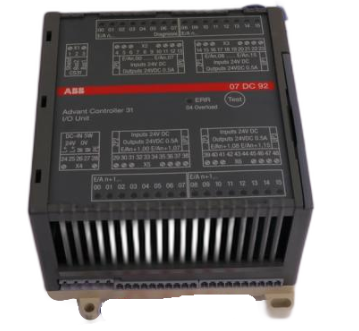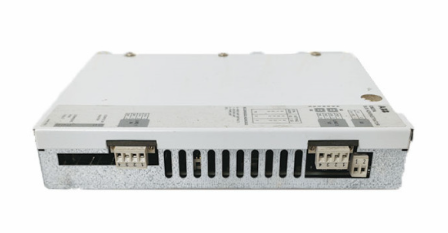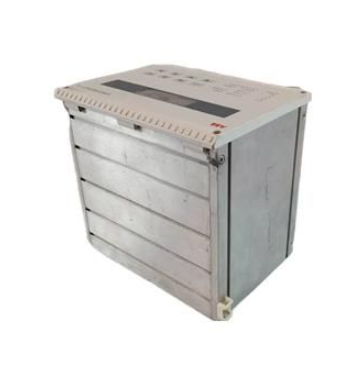ALSTOM MBCI01N1AB0761B Industrial Control Module
ALSTOM MBCI01N1AB0761B Industrial Control Module
Product Overview
The ALSTOM MBCI01N1AB0761B industrial control module is a high-performance and highly reliable core control equipment carefully crafted by Alstom, occupying a key position in the field of industrial automation. It is like the "smart brain" of industrial systems, accurately processing various complex data and instructions to ensure the stable and efficient operation of industrial production processes. Whether it is a large-scale industrial production line or a critical infrastructure with extremely high reliability requirements, this module can complete control tasks with outstanding performance, providing solid guarantees for the safety, stability, and efficiency of industrial production.
Specification parameters
Working voltage: It is usually compatible with common industrial voltage standards, such as 220V (there may be differences in different application scenarios, please refer to the actual product manual), to ensure stable connection to various industrial power supply systems and meet the power demand under different working conditions.
Output frequency: up to 100Hz, can be flexibly adjusted according to control requirements, providing precise power control for motors and other equipment, ensuring the stability and efficiency of equipment operation.
Communication interface: Equipped with rich communication interfaces, supporting industrial Ethernet, multiple fieldbus protocols (such as Profibus DP, Modbus, etc.), facilitating fast and stable data exchange with other devices and systems, achieving high integration and collaborative work of industrial systems.
Data processing capability: With strong data processing capabilities, it can quickly collect, process, and analyze a large amount of data from sensors, actuators, and other devices. The data processing speed and accuracy are at the forefront of the industry, providing reliable basis for real-time control decisions.
Core functions
Data acquisition and processing: It can accurately collect various analog quantities (such as temperature, pressure, flow rate, etc.) and digital quantities (such as equipment switch status, pulse signals, etc.) data, preprocess the collected data such as denoising, filtering, and conversion, extract effective information, and provide high-quality data foundation for subsequent control operations.
Logic control: Equipped with advanced logic operation units, it can perform complex logical judgments and operations based on preset logic rules and input data, realizing functions such as start stop control, sequence control, and interlock protection for industrial equipment, ensuring that the production process strictly follows the predetermined logic.
Communication function: With the help of multiple communication interfaces and protocols, bidirectional communication can be established with upper computers (such as monitoring computers, management systems), lower computers (such as smart meters, PLCs, drivers), and other intelligent devices to achieve real-time data transmission, remote control command issuance, and equipment status information feedback, and build a complete industrial automation communication network.
Fault diagnosis and alarm: Continuously monitor the operating status and connected equipment. Once abnormalities are detected (such as hardware failures, communication interruptions, parameter overruns, etc.), rapid fault diagnosis can be carried out, the fault point can be accurately located, and sound and light alarm signals can be issued in a timely manner. At the same time, the fault information can be uploaded to the monitoring system for maintenance personnel to quickly troubleshoot and solve faults, reducing downtime.

Working principle
Data acquisition stage: signals from sensors, switches, and other devices are introduced into the module through analog input channels and digital input channels. Analog signals (such as 4-20mA current signals and 0-10V voltage signals) are converted into digital signals through analog-to-digital conversion (A/D conversion) circuits, and the digital signals are directly recognized and read by the module.
Data processing and computation stage: The central processing unit (CPU) within the module processes and computes the collected data based on preset control algorithms and logic programs. For example, in a temperature control system, the CPU compares the collected actual temperature value with the set temperature value, and calculates the control quantity that needs to be adjusted through PID (proportional integral derivative) algorithm.
Control output stage: The control results obtained through processing and computation are output through analog and digital output channels. The analog output channel converts digital signals into analog signals (such as 4-20mA current output and 0-10V voltage output) through digital to analog conversion (D/A conversion), which is used to control regulating valves, frequency converters, and other equipment; The digital output channel outputs high and low level signals to control the on/off of relays, contactors, and other equipment, achieving precise control of industrial equipment.
Communication interaction stage: The communication module packages and sends the collected data, device status information, etc. to other devices according to the set communication protocol. At the same time, it receives control instructions, parameter settings, and other information from the upper computer or other devices, and passes them on to the CPU for corresponding processing, achieving information exchange and collaborative work of the entire industrial system.
Precautions
Installation environment: It should be installed in a dry, well ventilated, non corrosive gas and strong electromagnetic interference environment. Avoid installing in high temperature (generally recommended ambient temperature not exceeding 40 ℃) and high humidity (relative humidity not exceeding 85%) places to prevent module performance degradation or damage due to environmental factors.
Electrical connection: When making electrical connections, it is necessary to strictly follow the wiring diagram in the product manual to ensure that the wiring is firm and correct. Pay attention to distinguishing between different types of input and output signals to avoid misconnecting and causing equipment failure or damage. At the same time, it is necessary to properly route and protect the power lines to prevent power fluctuations from affecting the modules.
Programming and Debugging: When programming and debugging, it is necessary to follow relevant programming standards and safety operating procedures. After modifying the control program, sufficient testing and verification should be conducted to ensure stable program operation and correct control logic. Avoid making arbitrary modifications to the program during production and operation. If modifications are necessary, backup and emergency plans should be prepared in advance to prevent production accidents caused by program errors.
Maintenance: Regularly maintain the module, check for any damage to its appearance, loose wiring, and proper operation of the cooling fan. Regularly clean the dust on the surface of the module to ensure good heat dissipation. At the same time, perform performance testing and calibration on the module at regular intervals to ensure its long-term stable operation.
Similar model supplement
ALSTOM MCTI40N1AB0751G: It belongs to the Alstom industrial control module series along with MBCI01N1AB0761B. In terms of functionality, both have basic functions such as data collection, logic control, and communication. But MCTI40N1AB0751G has more accurate current detection and control capabilities in certain specific application scenarios, such as systems with high requirements for current monitoring and control, and is suitable for situations in power systems where current accuracy is strictly controlled.
ABB IMASI23: ABB's automation processor module, like ALSTOM MBCI01N1AB0761B, undertakes core control tasks in industrial automation systems. IMASI23 performs outstandingly in terms of data processing speed, able to quickly respond to the processing needs of large amounts of data, and is suitable for scenarios such as high-speed production lines that require extremely high real-time data processing. However, in terms of communication protocol compatibility, ALSTOM MBCI01N1AB0761B supports a wider range of industrial communication protocols, which gives it an advantage in system integration flexibility.

- EMERSON
- Honeywell
- CTI
- Rolls-Royce
- General Electric
- Woodward
- Yaskawa
- xYCOM
- Motorola
- Siemens
- Rockwell
- ABB
- B&R
- HIMA
- Construction site
- electricity
- Automobile market
- PLC
- DCS
- Motor drivers
- VSD
- Implications
- cement
- CO2
- CEM
- methane
- Artificial intelligence
- Titanic
- Solar energy
- Hydrogen fuel cell
- Hydrogen and fuel cells
- Hydrogen and oxygen fuel cells
- tyre
- Chemical fiber
- dynamo
- corpuscle
- Pulp and paper
- printing
- fossil
- FANUC
- Food and beverage
- Life science
- Sewage treatment
- Personal care
- electricity
- boats
- infrastructure
- Automobile industry
- metallurgy
- Nuclear power generation
- Geothermal power generation
- Water and wastewater
- Infrastructure construction
- Mine hazard
- steel
- papermaking
- Natural gas industry
- Infrastructure construction
- Power and energy
- Rubber and plastic
- Renewable energy
- pharmacy
- mining
- Plastic industry
- Schneider
- Kongsberg
- NI
- Wind energy
- International petroleum
- International new energy network
- gas
- WATLOW
- ProSoft
- SEW
- wind
- ADVANCED
- Reliance
- YOKOGAWA
- TRICONEX
- FOXBORO
- METSO
- MAN
- Advantest
- ADVANCED
- ALSTOM
- Control Wave
- AB
- AMAT
- STUDER
- KONGSBERG
- MOTOROLA
- DANAHER MOTION
- Bently
- Galil
- EATON
- MOLEX
- Triconex
- DEIF
- B&W
- ZYGO
- Aerotech
- DANFOSS
- KOLLMORGEN
- Beijer
- Endress+Hauser
- MOOG
- KB
- Moxa
- Rexroth
- YAMAHA


Email:wang@kongjiangauto.com



